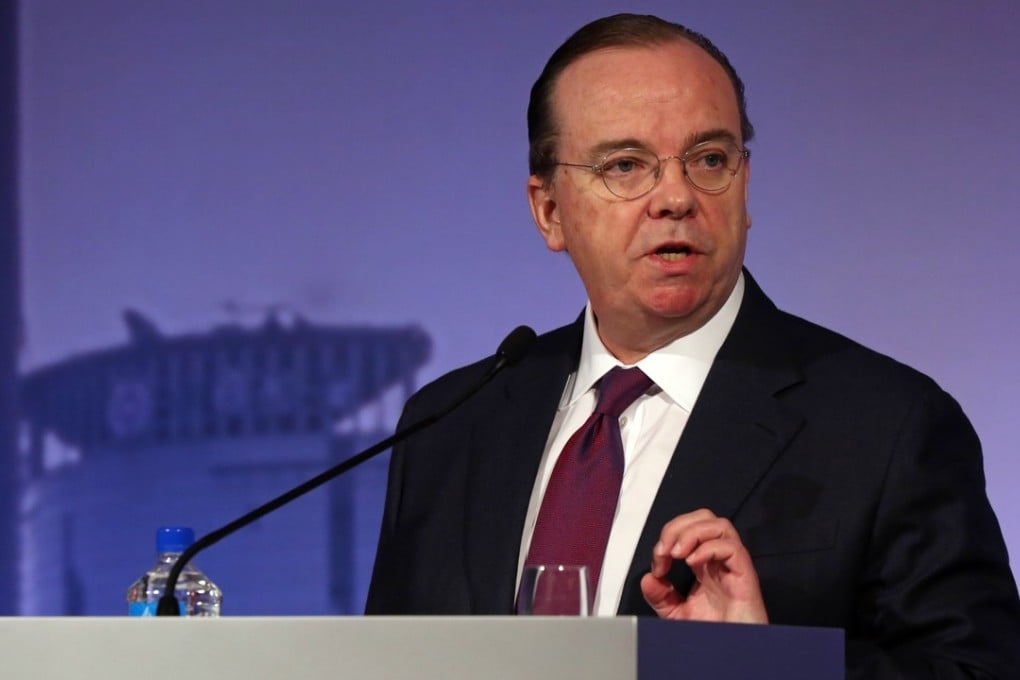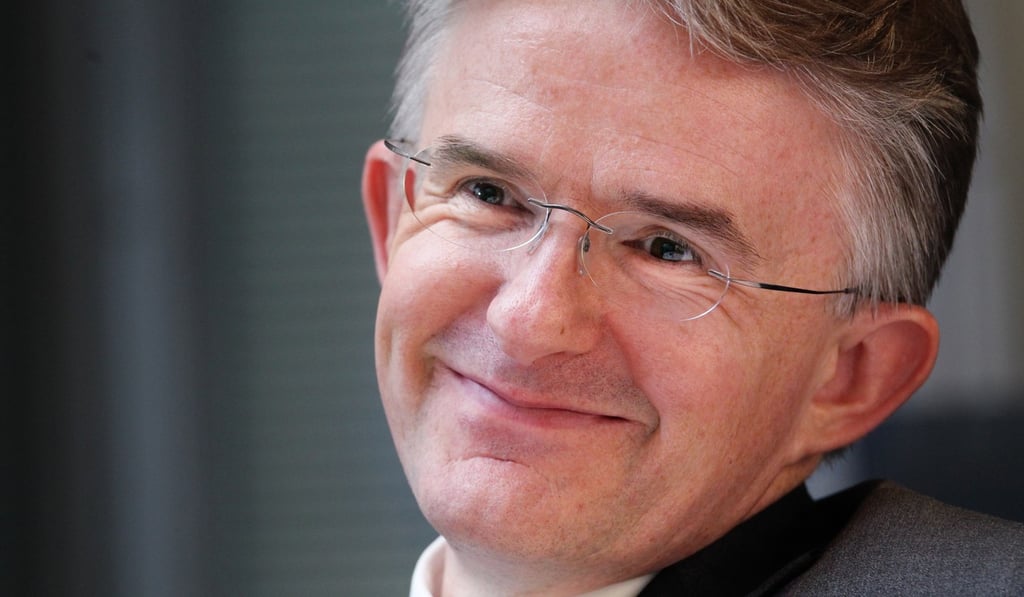Mind The Gap | If Stuart Gulliver found his tenure at HSBC arduous, it’s going to be no different for John Flint
Since taking over in 2011 Gulliver reorganised and refocused HSBC, but his actions have set limits and constraints for new CEO Flint as they are determined by the new economics of the global banking market

Stuart Gulliver once told me that his legal background made him an ideal trader in capital markets because “it helped you to think quickly on your feet”. Tough decision-making and the pragmatic resolution of unusual challenges were regularly demanded of him during his tenure as the CEO of HSBC.
Gulliver this week handed over control to John Flint, the bank’s former global head of retail banking. Mark Tucker, former CEO at Asian insurer AIA Group, assumed the role as HSBC chairman from Douglas Flint, no relation to John Flint, last October.
Gulliver’s main objectives since becoming CEO in 2011 confronted him rather than the other way around. Post-global financial crisis regulations created challenging expectations and conflicting goals alongside a reorganisation of assets and the bank.
The record US$1.9 billion fine and deferred prosecution agreement (DPA) in 2012 for Mexican money laundering had haunted HSBC’s reputation until they were released from the DPA earlier this year. For the first time, avoiding regulatory shutdown emerged as a strategic hazard. Since 2015, the bank had shed more than US$338 billion in risk weighted assets.

Hiring thousands of compliance officers and adding new systems while achieving profit, revenues, return on equity (ROE) and new Basel capital requirements – all while defending and providing for massive fines, has made bank leadership an uphill battle. Moving forward while fighting a simultaneous rearguard against regulators on multiple fronts was enervating yet necessary to become a new bank.

